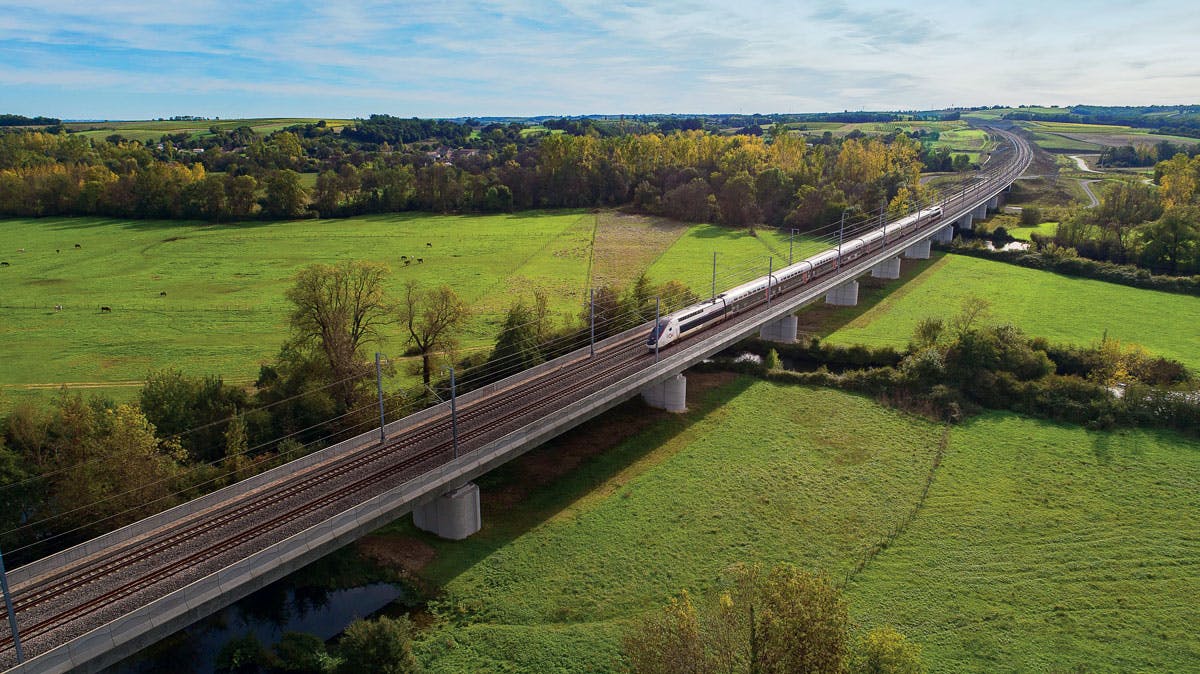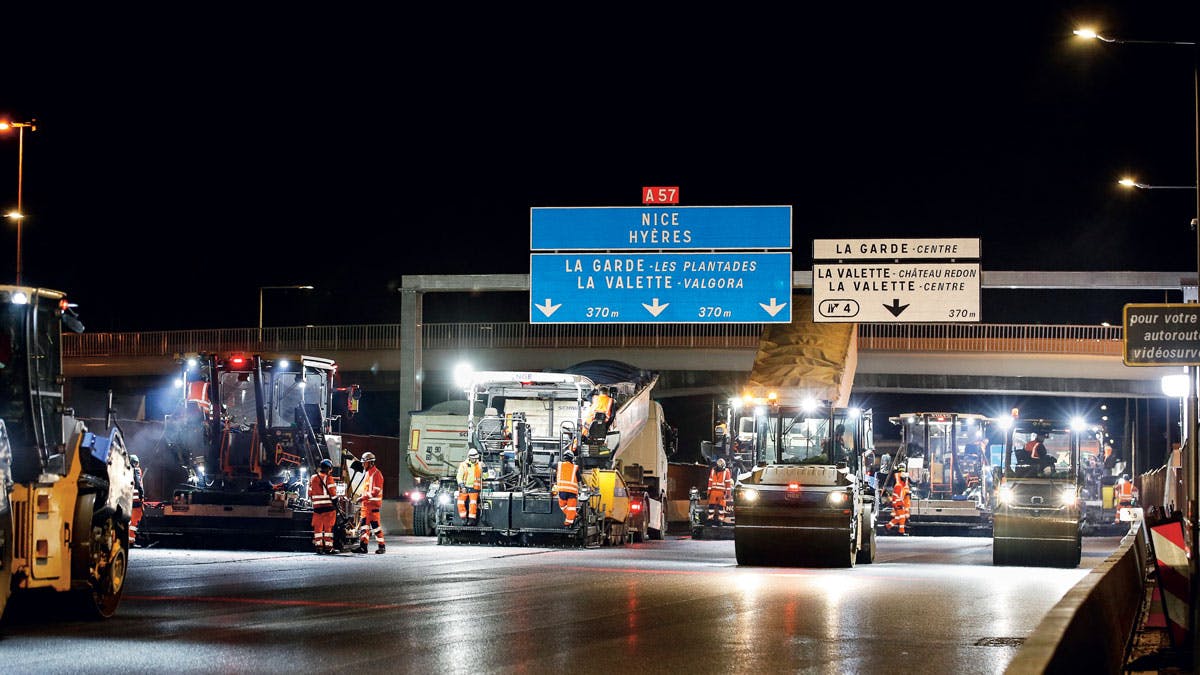

FRANCE
THE SEA HSL, A CASE STUDY IN NOUVELLE-AQUITAINE
In France, the example of the South Europe Atlantic high-speed rail line (SEA HSL), built by VINCI and operated by VINCI Railways through the Lisea and MESEA subsidiaries, perfectly illustrates the power of using the concession model to promote sustainable mobility. The line has brought about multiple positive transformations, linking Bordeaux and Paris in two hours and boosting the economic attractiveness of the regions that it serves. In a strong sign of its commitment to developing low-carbon transport in France, by way of successful collaboration between the public and private sectors, VINCI Concessions increased its stake in Lisea’s capital in 2024. All risk is transferred to Lisea, the operator of the line: financing, construction, traffic, maintenance, operation and safety for the 50 years of the concession. With French railways opening up to competition, Lisea is facilitating the arrival of new players in rail by preparing to build the train maintenance and storage facility in Marcheprime near Bordeaux, where work is scheduled to start in 2025. The first new rail operator, Proxima, has already signed a transport plan and an agreement with Lisea to use this facility for its future fleet of trains from 2028.
- 320 km of high-speed railway
- Over 140 millionpassengers transported since 2017
- 200 jobscreated by the installation of a maintenance and storage facility in Marcheprime


FRANCE
MAKING INTEGRATION CENTRAL TO VINCI AUTOROUTES WORKSITES
In 2020, VINCI Autoroutes signed a partnership agreement with the Var prefecture, Métropole Toulon Provence Méditerranée and its Maison de l’emploi job centre, and the local unemployment agency, France Travail Var. The aim of the partnership was to promote employment and encourage professional integration as part of the expansion of the A57 highway to the east of Toulon in the south of France. In late December 2024, more than 152,500 hours of work i.e., 285% of the initial target and almost 5,000 hours of training had been recorded in pursuit of that integration. What’s more, more than 200 contracts have been signed since the start of the project, over 90% of which with people in the Toulon area, 30% of whom come from underprivileged areas. Meanwhile, in nearby Cadarache, the A51 highway project has created 11 jobs with 64,569 hours worked, including 4,266 hours of professional integration, leading to the permanent employment of a project engineer and a concrete form setter.
